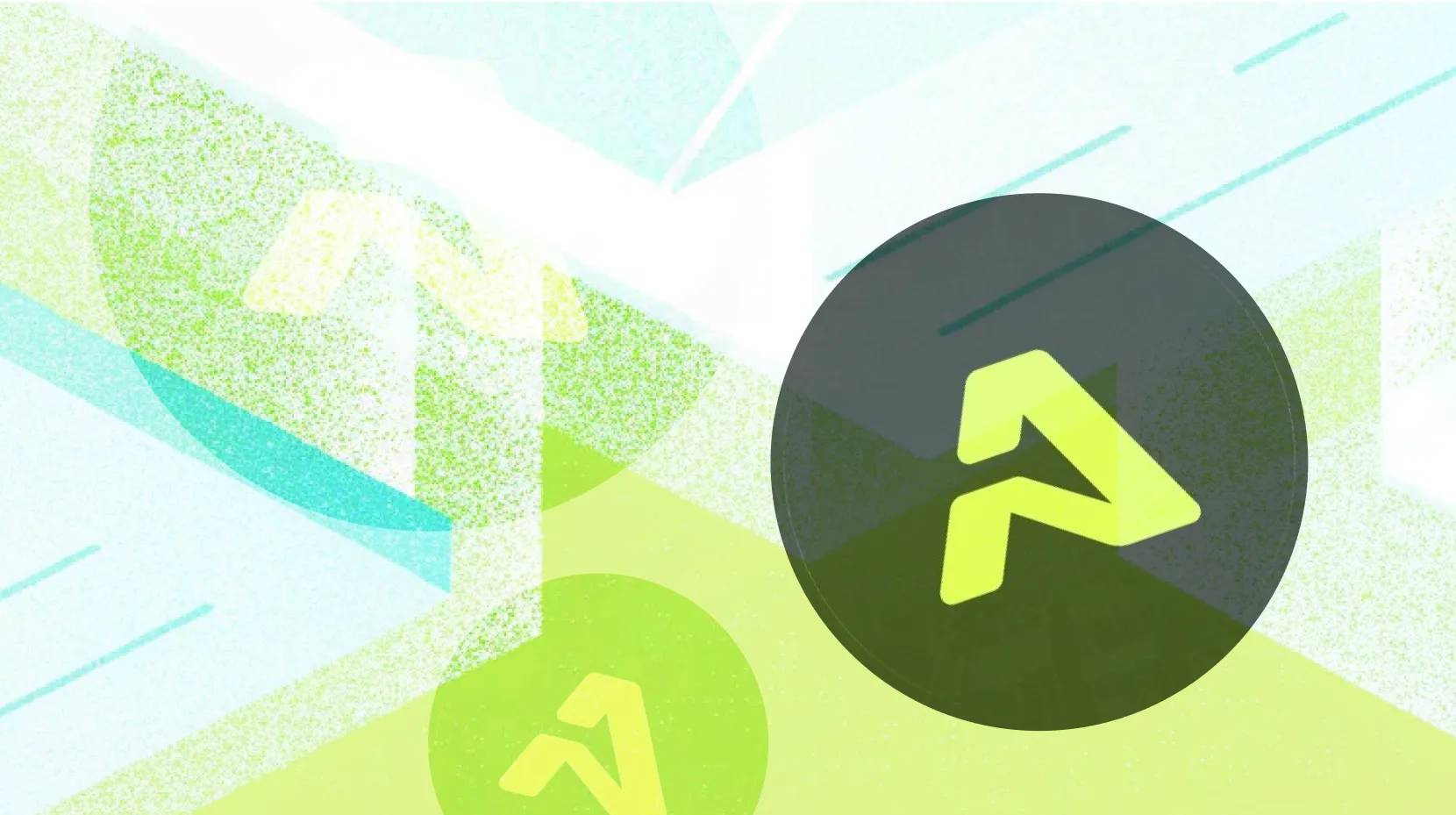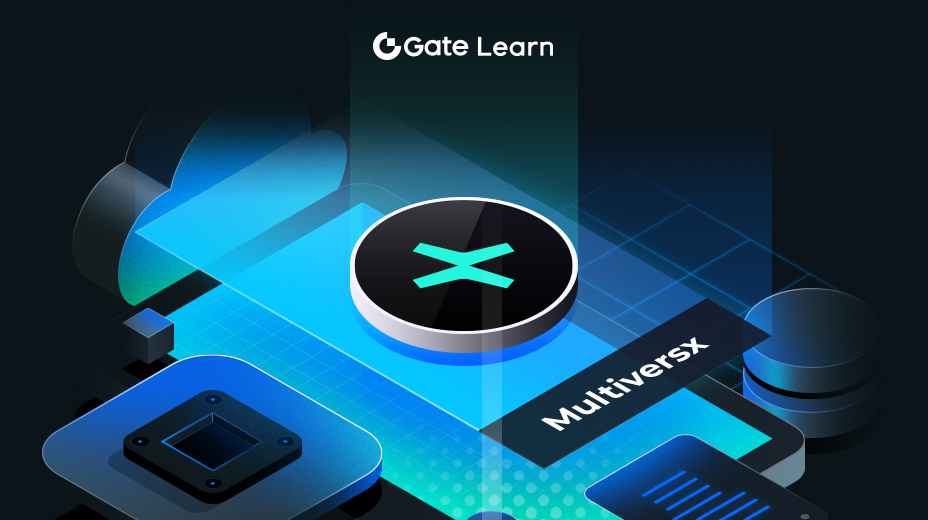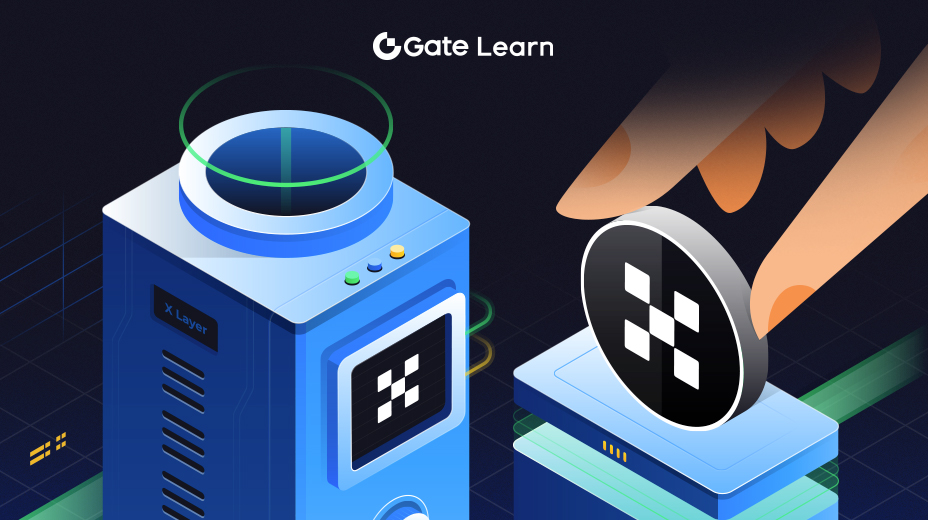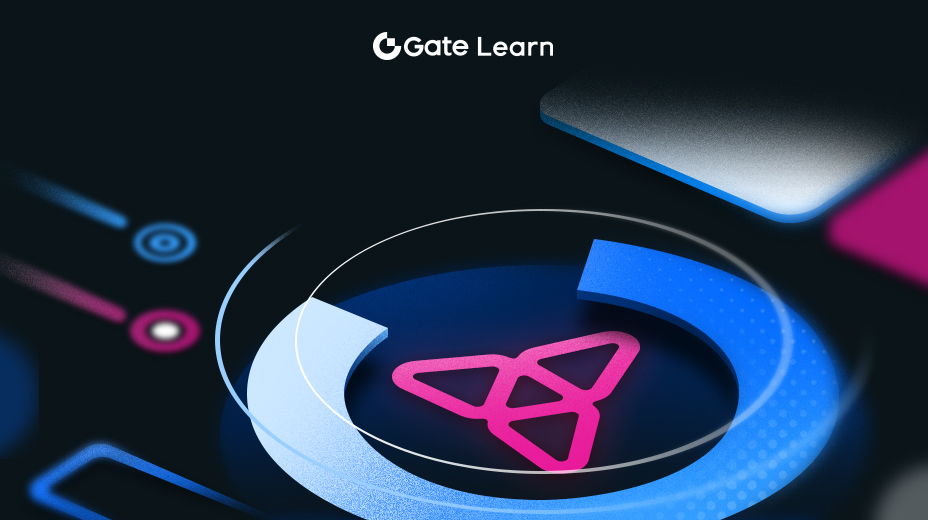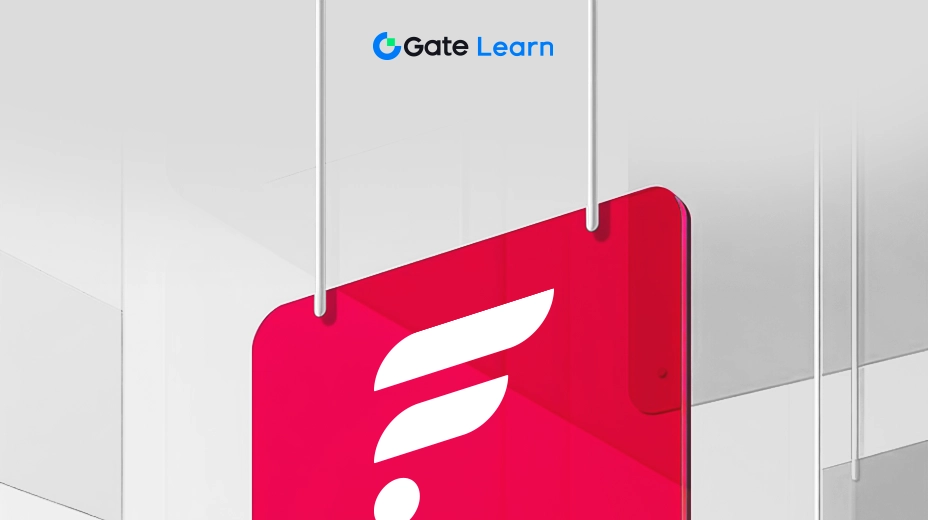Boba Network 简介
本模块介绍了 Boba Network,这是一种 Layer-2 解决方案,通过 Optimistic Rollups 扩展以太坊和其他区块链。Boba 提供高效且低成本的去中心化应用(dApp),并支持多链互操作性和 EVM 兼容性。
Boba Network 介绍

Boba Network 是一种用于扩展以太坊和其他区块链的 Layer-2(L2)解决方案,使用 Optimistic Rollups 技术。该技术通过链下处理交易并在链上验证的方式,降低了交易费用并提升了吞吐量。Boba 通过将计算密集型流程从以太坊主网上迁移,使去中心化应用(dApp)能够更加高效地运行。
此外,Boba 还支持 以太坊虚拟机(EVM)兼容性,这意味着它可以运行任何为以太坊开发的智能合约,从而确保 Boba 与基于以太坊的应用之间的互操作性。
Boba Network 最初构建于以太坊上,但随后扩展支持了多个区块链,如 币安智能链(BNB Chain)、Avalanche 和 Moonbeam,成为第一个采用多链战略的 Layer-2 解决方案。这种扩展使开发者能够创建跨链应用,促进不同区块链网络之间更广泛的交互。这对于构建一个更加互联且多功能的去中心化生态系统至关重要。
功能与创新
Boba Network 的特性使其在众多 Layer-2 扩展解决方案中脱颖而出。其亮点之一是 HybridCompute™,这是一项工具,允许开发者将链下数据和计算集成到智能合约中。通过此工具,开发者能够执行复杂的操作,如机器学习和外部数据处理,而不会因为计算量过大而给区块链造成负担。
此外,HybridCompute™ 还提升了智能合约的实用性,使其能够与链下 API 和服务进行交互。例如,基于 Boba 构建的去中心化金融(DeFi)应用可以使用来自外部 API 的真实金融数据来触发智能合约功能。这为去中心化应用(dApp)开辟了新的可能性,从实时金融分析到自动化决策系统。
Boba Network 还引入了 双重费用系统,允许用户用与其所使用区块链原生的代币(如 Ethereum 上的 ETH 或 Binance Smart Chain 上的 BNB)或 Boba 的治理代币 $BOBA 支付网络费用。这种灵活的费用结构为用户提供了更多的交易管理选项,并降低了使用网络的总体成本。
开发团队
Boba Network 的开发由 Enya Labs 领导。这家公司由斯坦福大学的教授和校友创立,专注于构建去中心化基础设施和隐私解决方案。他们是 Boba 代码库的主要贡献者,并在推动 Boba 从单链解决方案扩展为多链平台方面发挥了重要作用。
Enya Labs 因其在去中心化隐私技术领域的专业能力而广受认可,尤其在安全多方计算(secure multiparty computation)服务的开发方面取得了领先地位。这项技术使多个参与方可以在不依赖中心化实体的情况下进行隐私保护计算。Enya 在这一领域的工作奠定了其对 Boba Network 的贡献基础,并促使他们持续拓展去中心化技术的边界。
认识开发团队
- Alan Chiu 是 Enya Labs 的创始人兼 CEO,也是 Boba Network 开发背后的核心推动力量。他在学术界和工业界均有丰富的背景,曾在分布式系统和隐私技术领域工作。在他的领导下,Enya Labs 已发展成为领先的去中心化基础设施解决方案提供商,而 Boba Network 也已成为以太坊及其他区块链上最具潜力的 Layer-2 扩展解决方案之一。
- Jan Liphardt 是 Boba Network 的首席技术官(Chief Technologist),负责网络的技术方向。凭借在去中心化系统和密码学方面的背景,他在 Boba 的基础设施开发中发挥了关键作用,包括负责 HybridCompute 等核心功能以及快速退出桥(fast-exit bridge)的实现。
- Violet Abtahi 兼任 Boba Network 的首席运营官(COO)和首席营销官(CMO),负责平台的运营和市场推广工作。她的双重角色确保了 Boba 的技术创新能够有效传达给开发者和终端用户,从而推动平台的采用与发展。
- Steven Howell 是 Boba Network 的生态系统增长负责人(Head of Ecosystem Growth),专注于通过吸引新项目和合作伙伴来扩大 Boba 的开发者生态。他与开发团队密切合作,确保 Boba 的基础设施满足开发者需求,并根据社区反馈不断优化平台。
- Feras Al Sadek 是 Boba Network 在中东和北非(MENA)地区的负责人,负责推动 Boba 在这一高速增长的区块链市场中的布局。他的工作包括与该地区的开发者和企业建立合作伙伴关系,将 Boba 融入当地的区块链生态系统。
合作与伙伴关系
Boba Network 建立了多项战略合作,以增强平台功能并扩大其影响力。其中之一是与 OMG Foundation 的合作。OMG Foundation 是一个致力于拓展以太坊生态系统的非营利组织,此次合作推动了诸如 $BOBA 治理代币的开发。该代币用于 Boba DAO(去中心化自治组织)内部的提案和决策投票。
Boba 还与 The Graph Protocol 合作,提升了在 Boba 上运行的去中心化应用(dApp)的数据可访问性。通过 Graph Protocol,开发者能够更加高效地查询区块链数据,使他们能够更轻松地构建数据驱动型 dApp。
在行业合作方面,Boba 已集成多家领先的去中心化金融(DeFi)平台,包括 Anyswap、Frax 和 API3。这些合作拓展了 Boba 的 DeFi 生态系统,为用户提供了更多金融产品和服务的选择。
亮点
- Optimistic Rollups 降低了交易费用并提升了吞吐量。
- Boba Network 支持在以太坊、BNB Chain、Avalanche 和 Moonbeam 上的多链部署。
- HybridCompute 允许智能合约进行链下计算。
- Fast-exit bridge 实现了从 Layer-2 到 Layer-1 的快速转账。
- 由 Enya Labs 领导,并与 DeFi 和 NFT 领域建立了强大的合作伙伴关系。
